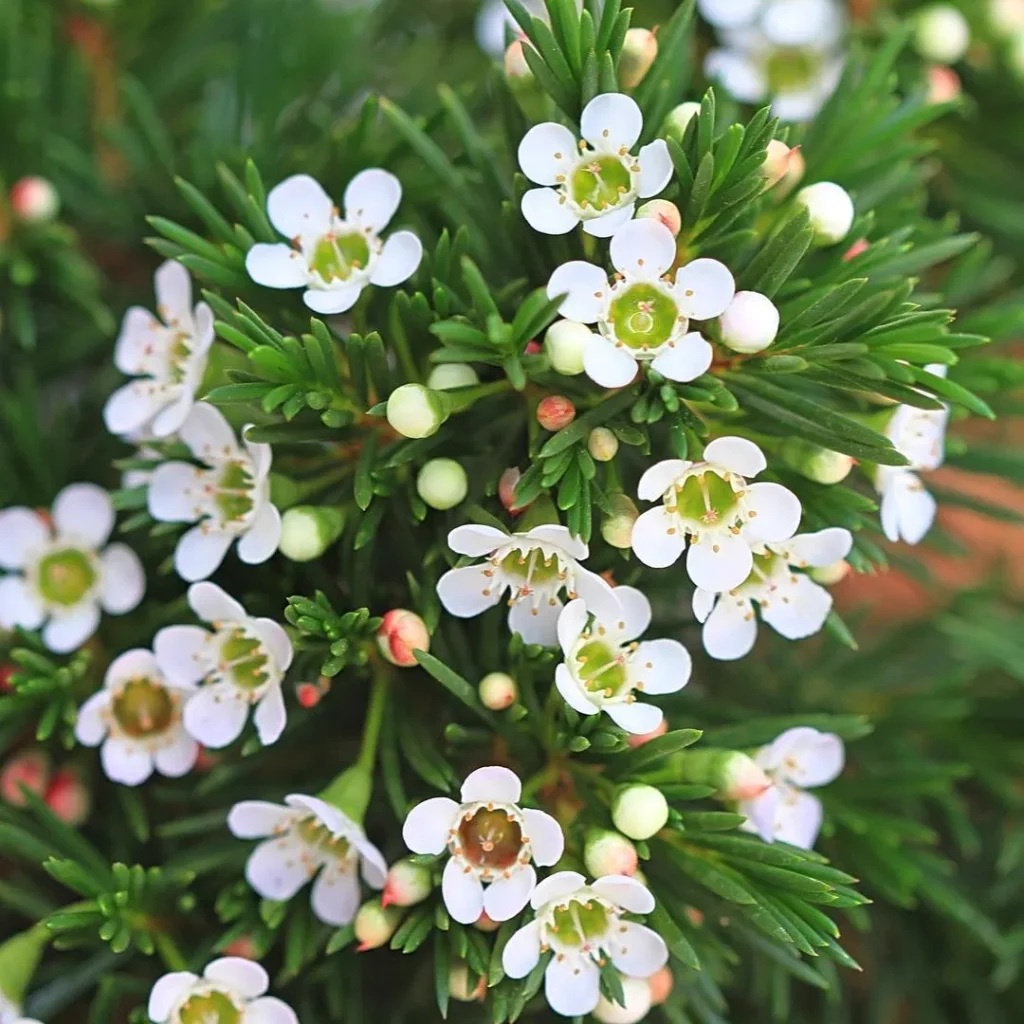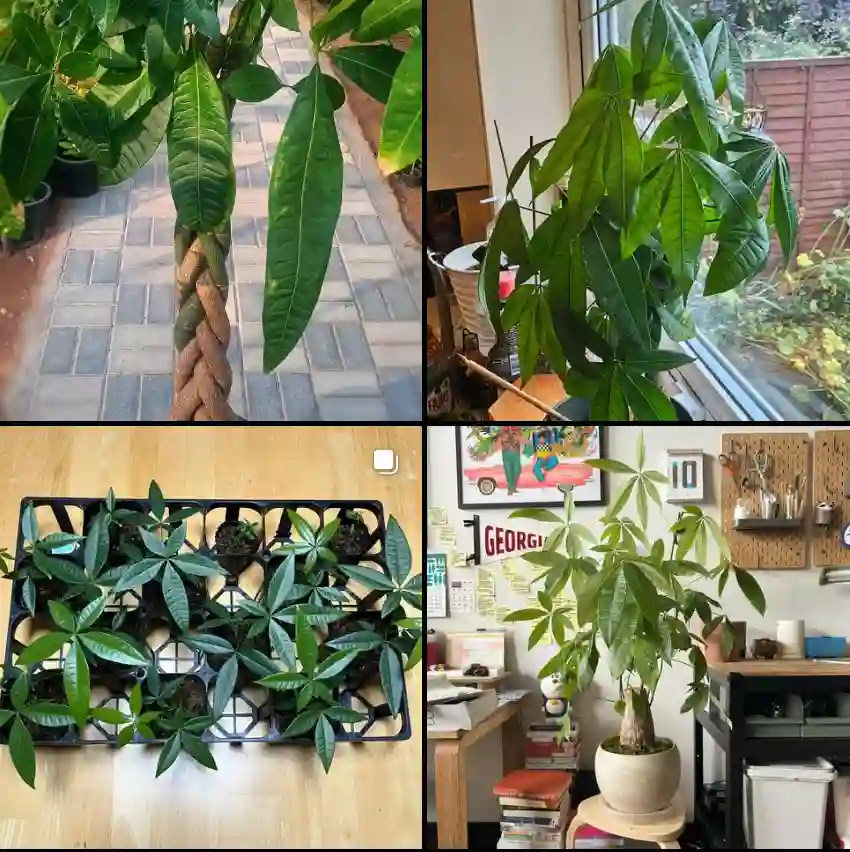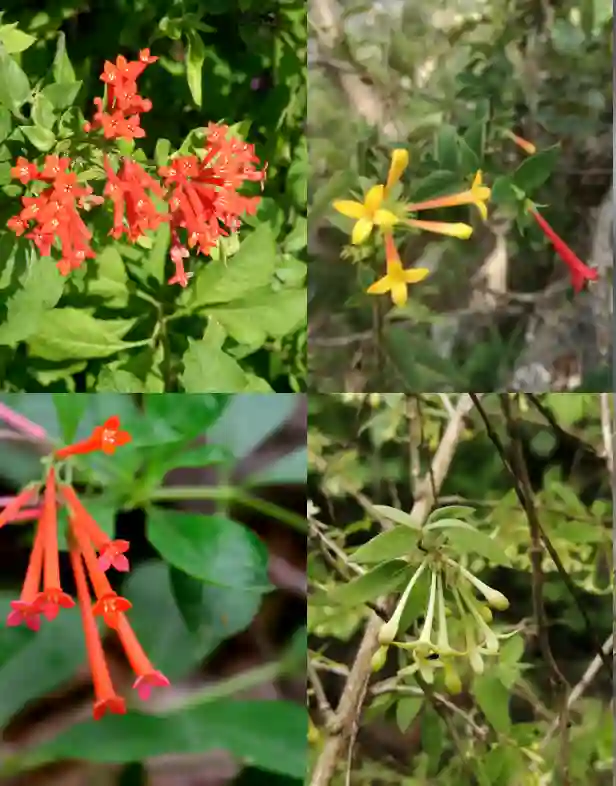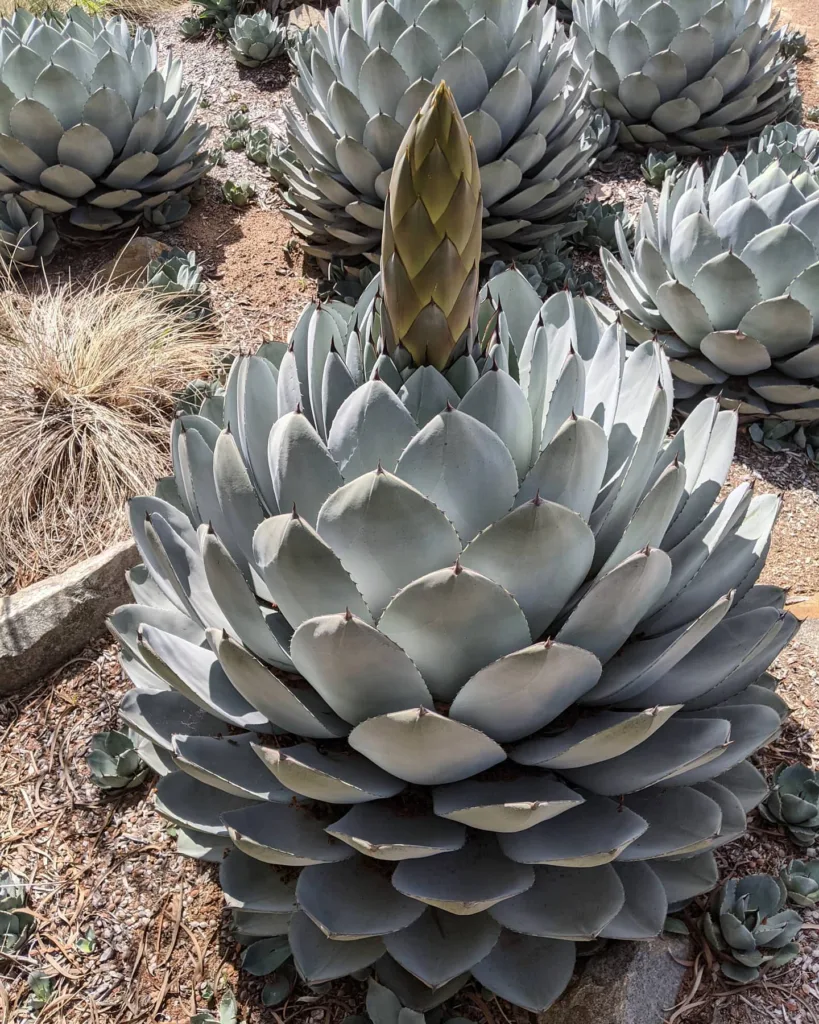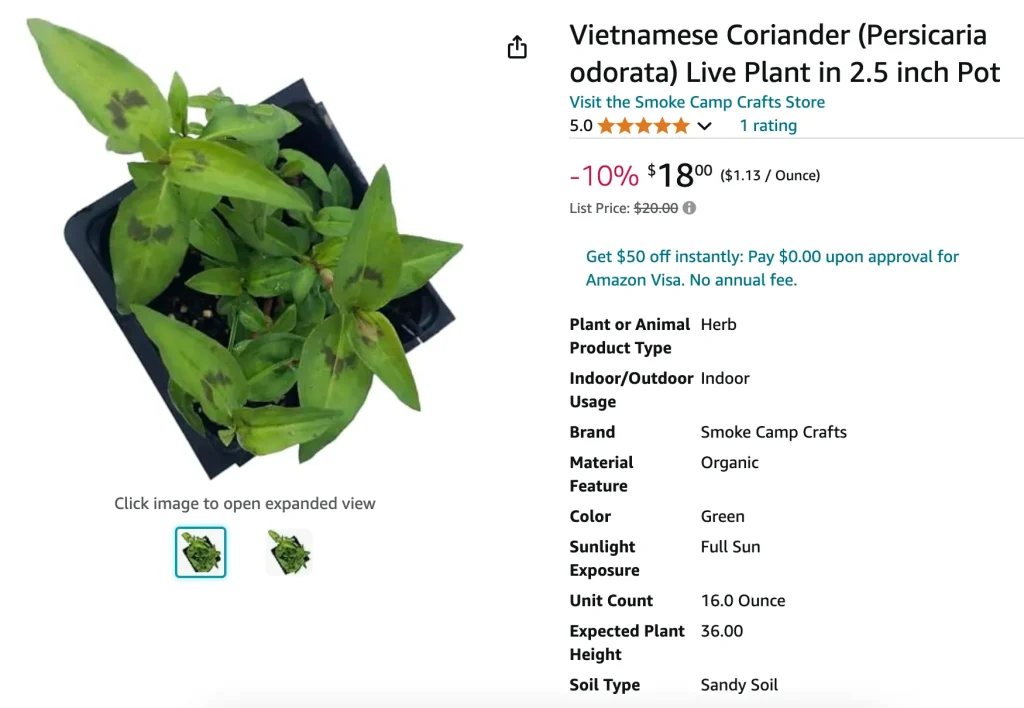
What is Persicaria Odorata?
Persicaria Odorata, also known as Vietnamese Coriander, is a herbaceous plant native to Southeast Asia. It’s commonly used in Vietnamese cuisine and is a staple in many dishes due to its distinct, spicy, and slightly citrusy flavor. The plant is a member of the Polygonaceae family and has lance-shaped leaves with a dark maroon, V-shaped marking. I grow this herb in my garden primarily for culinary purposes, but it also adds a lovely visual appeal to my space.
144 Species in Genus Persicaria
How Do You Care for Persicaria Odorata?
Caring for Persicaria Odorata is fairly straightforward. It thrives in warm, humid environments, which makes it a great choice for subtropical or tropical gardens. In cooler climates, it can be grown as an annual or in pots to be brought indoors when temperatures drop.
Here’s what I’ve learned from experience:
- Sunlight: It prefers partial shade or full sun, though too much direct sunlight can scorch its delicate leaves. I keep mine in a spot where it gets bright, indirect light for most of the day.
- Watering: Persicaria Odorata likes consistently moist soil, but it doesn’t do well in waterlogged conditions. I water it regularly but ensure the soil has good drainage.
- Soil: Well-draining, loamy soil is best for this herb. I’ve found that adding organic matter like compost can help the plant thrive.
- Temperature: Ideally, it grows in temperatures between 65-85°F. If it gets too cold, the plant may wilt or die back.
How Do You Propagate Persicaria Odorata?
Propagating Persicaria Odorata is one of the easiest things to do. You can propagate it either by seed or through cuttings, though I personally prefer cuttings because it’s faster and more reliable.
- Stem Cuttings: Simply cut a 4-6 inch section of a healthy stem, remove the lower leaves, and place it in water or moist soil. Within a couple of weeks, roots will form. I’ve had success just popping cuttings into water and waiting for roots to emerge.
- Division: Another method is to divide an established plant. I usually do this in spring when the plant is actively growing. Just dig it up and gently pull apart the root system, then replant each section in new pots or garden beds.
What Can You Plant with Persicaria Odorata?
Since Persicaria Odorata loves moist, well-drained soil, it pairs well with other herbs and plants that have similar growing conditions. In my herb garden, I’ve successfully planted it alongside:
- Lemongrass: Both enjoy a warm, humid environment, and lemongrass adds height and texture to the garden.
- Mint: Another moisture-loving plant, mint grows well with Persicaria Odorata, though it’s important to contain mint since it spreads quickly.
- Basil: This pairing works well in my garden, especially because they both complement many of the same dishes in the kitchen.
Is Persicaria Odorata Toxic?
From everything I’ve gathered, Persicaria Odorata is not toxic to humans, pets, or livestock. This is one of the reasons I feel comfortable growing it in areas where my pets roam. However, as with any plant, it’s best to moderate the amount consumed and ensure it’s properly washed before use.
What Are the Benefits of Persicaria Odorata?
There are several reasons why I keep Persicaria Odorata in my garden, and its benefits go beyond just culinary use:
- Culinary Uses: Its spicy, peppery taste is a key ingredient in Vietnamese dishes like pho and fresh summer rolls. I love using it to add a unique twist to salads or stir-fries.
- Medicinal Properties: In traditional medicine, Persicaria Odorata has been used for digestive issues, as an anti-inflammatory, and for wound healing. While I mostly use it for cooking, it’s nice to know it has potential health benefits.
- Aesthetic Value: The plant’s attractive leaves make it a beautiful addition to my garden. Its fast-growing nature ensures a full, bushy plant that provides visual interest.
What Are Common Problems with Persicaria Odorata?
Even though Persicaria Odorata is relatively easy to care for, it’s not without its issues. Here are some problems I’ve encountered:
- Overwatering: Too much water can lead to root rot, which will cause the plant to wilt and die. I’ve learned to water consistently but sparingly to avoid this issue.
- Pests: Aphids and spider mites can be a problem, especially if the plant is grown indoors or in greenhouses. Regularly inspecting the plant and using organic pest control methods, such as neem oil, has helped me keep these pests at bay.
- Cold Sensitivity: In cooler climates, the plant can suffer from cold snaps. To avoid this, I bring it indoors when the temperature drops or use a cold frame in the garden.
How Does Persicaria Odorata Compare with Similar Plants?
There are several plants that people often confuse with Persicaria Odorata. For example, Cilantro and Vietnamese Balm share similar culinary roles, but their flavors are vastly different.
- Cilantro: While both are used in Southeast Asian cuisine, cilantro has a more citrusy, fresh flavor, whereas Persicaria Odorata has a peppery, spicy taste. I grow both in my garden, and while cilantro is more common in dishes like salsas, Persicaria Odorata adds a distinct punch to Vietnamese dishes.
- Vietnamese Balm (Elsholtzia ciliata): This herb is often confused with Persicaria Odorata because of its similar name and culinary use in Vietnamese cuisine. However, the taste of Vietnamese balm is more minty and lacks the spiciness of Persicaria Odorata.
Final Thoughts
Persicaria Odorata is a versatile, easy-to-grow herb that brings both flavor and aesthetic value to my garden. Whether you’re using it in traditional Vietnamese dishes or simply adding it to your herb collection, it’s a fantastic plant that requires minimal care while offering maximum rewards.
If i die, water my plants!
